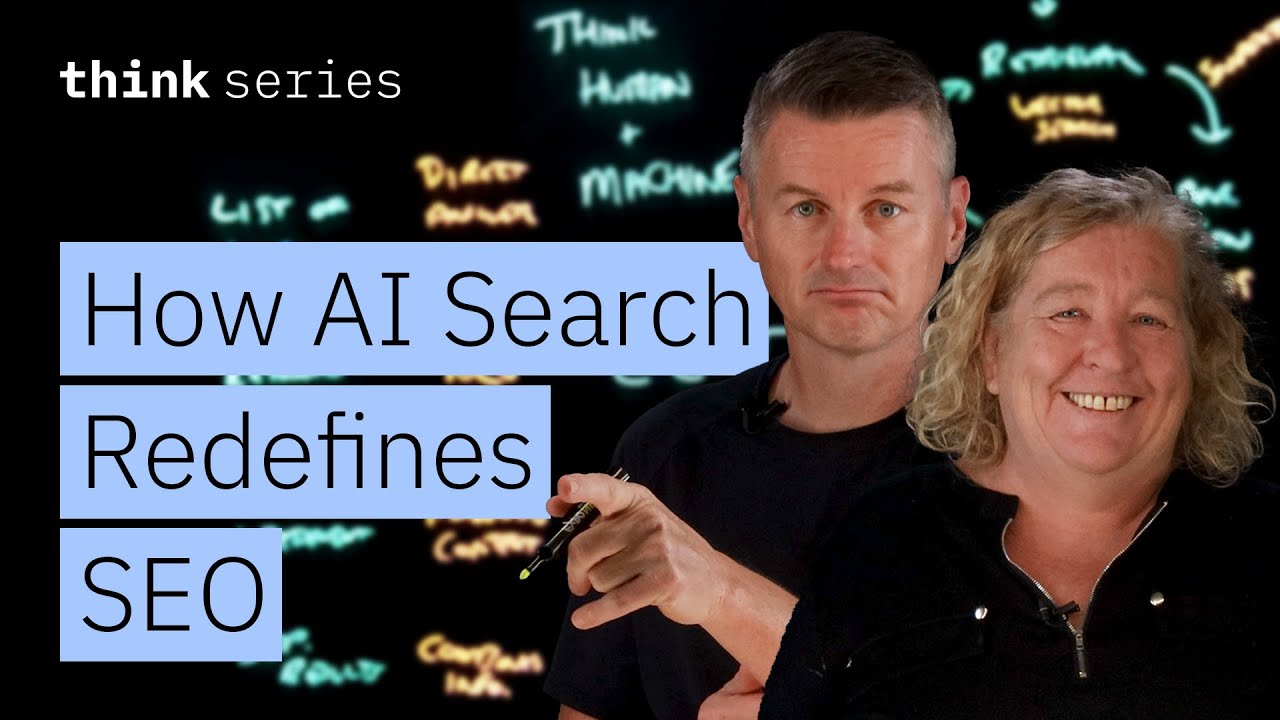AI search has evolved from simple keyword matching to sophisticated vector-based retrieval and retrieval-augmented generation (RAG) using large language models, enabling deeper understanding of user intent and providing coherent, context-aware answers with citations. This transformation challenges traditional SEO practices, requiring content creators to adopt clearer, more conversational, and authoritative content strategies to remain relevant in the AI-driven search landscape.
AI search has evolved significantly from traditional keyword-based methods to advanced techniques powered by machine learning and large language models (LLMs). Initially, search engines relied on keyword matching and algorithms like TF-IDF and PageRank to rank documents based on term frequency and link authority. However, these traditional methods struggled with understanding context, synonyms, and user intent, leading to ambiguous results when queries contained words with multiple meanings, such as “Apple.”
The introduction of AI technologies like Google’s BERT and MUM marked a turning point by enabling search engines to better comprehend natural language queries. These transformer-based models interpret the intent and nuances behind user questions, moving beyond simple keyword matching. Today, AI search systems use vector search, where both queries and documents are converted into numerical embeddings that capture semantic meaning. This allows the retrieval of conceptually related content even when the wording differs, enhancing the relevance of search results.
AI search operates in four key stages: natural language query processing, retrieval, answer generation, and feedback. After interpreting the user’s query, the system retrieves relevant document snippets using vector search. Then, an LLM generates a coherent, natural language answer grounded in these sources, a process known as retrieval-augmented generation (RAG). This approach not only provides direct answers instead of lists of links but also includes citations for transparency. Finally, user feedback helps refine the system over time, improving both the language model and retrieval accuracy.
Compared to traditional search, AI search offers richer query understanding, contextual awareness, and information synthesis. It maintains conversational context for multi-turn interactions and combines information from multiple sources into a single, cohesive response. This shift challenges the conventional web ecosystem, where websites have long been optimized for keyword-based SEO. With AI search generating answers from multiple sources, content creators must adapt their strategies to remain visible and relevant.
Donna Bedford, an SEO expert, advises that existing SEO practices remain valuable but need refinement to cater to AI search. Content should be structured clearly and broken into digestible chunks to help AI systems understand it better. Writing should be more conversational and human-like to match how users phrase queries. Additionally, demonstrating expertise, authority, and trustworthiness (EEAT) is crucial for AI to recognize credible sources. While traditional formatting like headings still matters, avoiding excessive JavaScript is important since AI models struggle to crawl such content. Overall, AI search is reshaping how information is found, consumed, and presented online.
